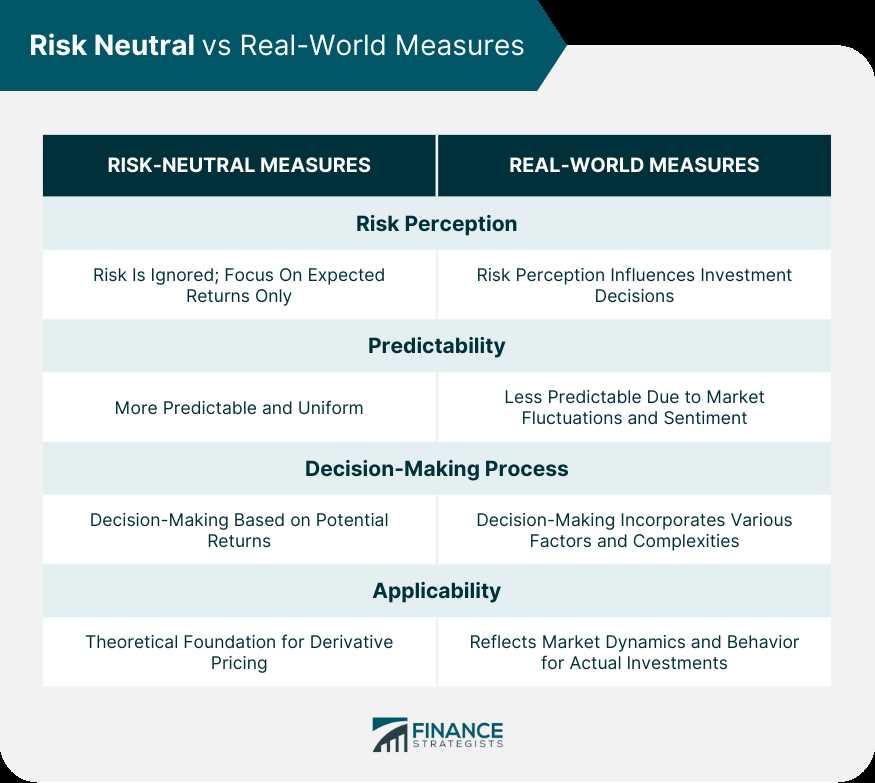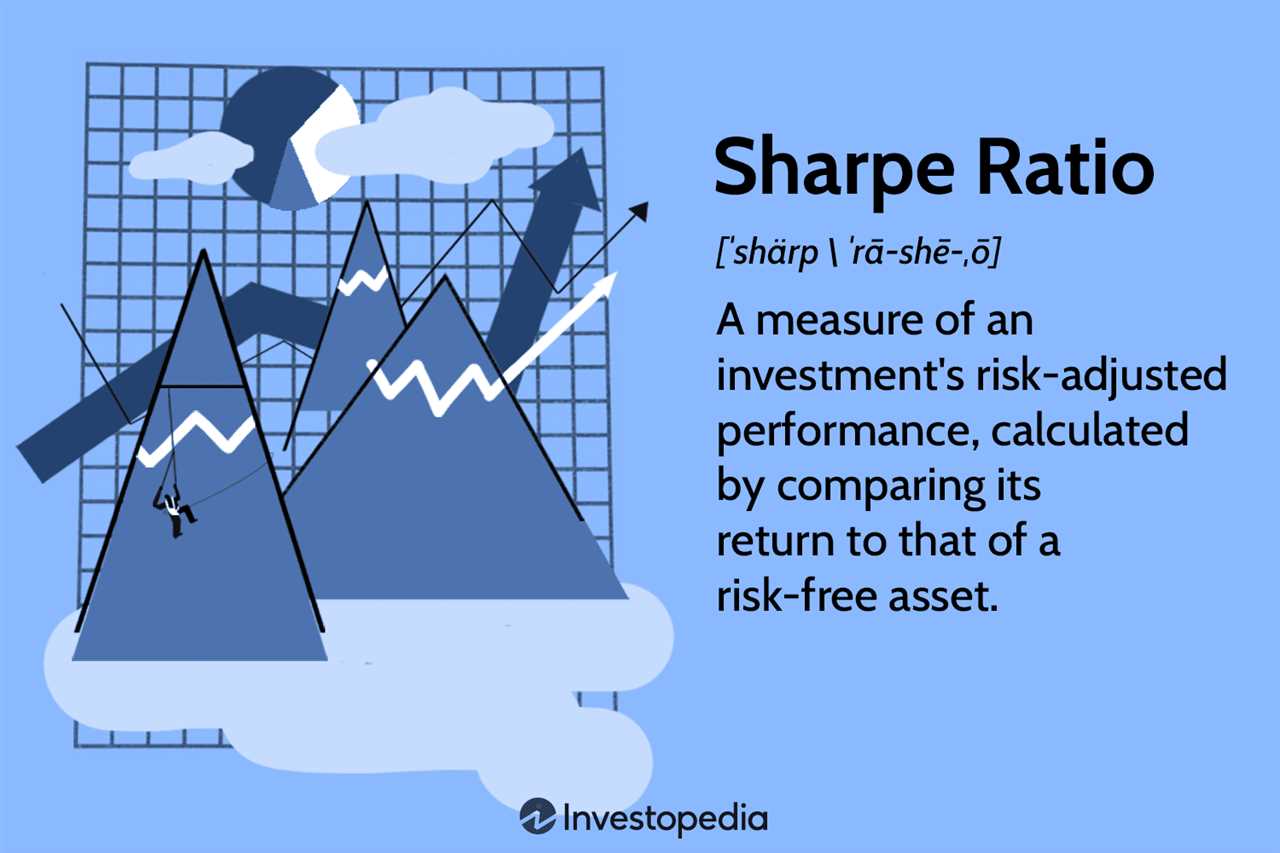Importance of Risk-Neutral Measures in Portfolio Management

One of the key reasons why risk-neutral measures are important in portfolio management is that they allow investors to estimate the fair value of financial assets. By using risk-neutral measures, investors can determine the expected future cash flows and discount them back to the present value. This valuation approach takes into account the riskiness of the asset and provides a more accurate estimate of its worth.
Risk-neutral measures also help investors in assessing the risk associated with different assets. By using risk-neutral probabilities, investors can estimate the likelihood of various future scenarios and their corresponding payoffs. This information is crucial for determining the risk-adjusted returns of different assets and constructing portfolios that align with an investor’s risk tolerance.
Furthermore, risk-neutral measures provide insights into the pricing of options and derivatives. These measures allow investors to determine the fair value of options based on the expected future cash flows and the risk-neutral probabilities. This information is valuable for investors who engage in options trading or use derivatives to hedge their portfolios.
Benefits of Risk-Neutral Measures in Portfolio Management:

1. Risk Assessment: Risk-neutral measures help investors assess the risk associated with different assets and make informed decisions regarding portfolio construction.
2. Valuation: Risk-neutral measures provide a more accurate estimate of the fair value of financial assets, taking into account their riskiness.
3. Options and Derivatives Pricing: Risk-neutral measures allow investors to determine the fair value of options and derivatives, facilitating options trading and portfolio hedging strategies.
Mechanism and Calculation of Risk-Neutral Measures
The concept of risk-neutral measures stems from the assumption that investors are indifferent to risk when pricing financial assets. In other words, risk-neutral measures allow us to evaluate the expected return of an asset without considering the associated risk. This assumption is particularly useful in options pricing, where the risk-neutral measure is often used.
The calculation of risk-neutral measures involves several steps. Firstly, we need to determine the probability distribution of future asset prices. This can be done using historical data, statistical models, or market information. The probability distribution represents the likelihood of different price outcomes.
Next, we calculate the expected return of the asset under the risk-neutral measure. This is done by discounting the future cash flows of the asset using a risk-free interest rate. The risk-free rate represents the return an investor would expect from an investment with zero risk.
Once we have the expected return, we can calculate the risk-neutral measure by dividing the expected return by the risk-free rate. The risk-neutral measure represents the price of risk in the market and allows us to compare the expected return of different assets.
It is important to note that risk-neutral measures are not the same as actual probabilities. They are a mathematical construct that helps us price assets under the assumption of risk neutrality. However, they can still provide valuable insights into the relative pricing of different assets.

Emily Bibb simplifies finance through bestselling books and articles, bridging complex concepts for everyday understanding. Engaging audiences via social media, she shares insights for financial success. Active in seminars and philanthropy, Bibb aims to create a more financially informed society, driven by her passion for empowering others.
